Study shows improved productivity and profitability in cage-farmed tilapia in Brazil

In Nile tilapia (Oreochromis niloticus) farming – as in all fed aquacultured species – feed accounts for 60 percent of the total production costs. Increasing prices of raw materials has led nutritionists to search for alternative ingredients to reduce or at least maintain feeding costs. Meanwhile, as aquaculture production continues to intensify, disease is putting more pressure and presenting more obstacles to profitability. Best farming practices – including biosecurity, husbandry and functional feeds, adapted to each specific fish species and production challenge – are key for the optimal and profitable development of the industry.
The search for functional feeds that enhance digestive capacities and robustness against diseases is a major goal for the aquafeed industry. In this regard, additives capable of promoting a stable and healthy gut microbiota have the potential to impact directly on the digestive efficiency of fish and result in effective natural growth promotion. Furthermore, better gut health forms a natural barrier against pathogenic infections entering via the digestive tract and boosts the overall immune status of the fish, leading to higher resistance to disease. Results in marine fish and shrimp demonstrated the positive effects of gut health promotors on performance and profitability in field conditions (Chamorro et al., 2011; Tzouramanis et al. 2012; Valle et al., 2015). In this study, we evaluated the effect of a gut health promoting additive on the production parameters of tilapia reared in cages in Brazil.
The cage culture trial
The study was carried out with Nile tilapia (Oreochromis niloticus, GIFT strain), including the processing of commercial size fish, and was carried out by the Fisheries Institute (Instituto da Pesca) in collaboration with a commercial tilapia integration in the Sao Paulo Region of Brazil. The study lasted 111 days, starting with 170-gram fish and until harvest at a commercial size of approximately 750 g. The cages used to grow the fish were 7 square meters each, and were stocked with 840 fish each. All fish were counted and weighed, and then were randomly distributed into the different replicate cages (five cages per treatment). Prior to the start of the trial, the animals were fed with a commercial diet (36 percent CP, crude protein). Standard water quality parameters were monitored during fish acclimatization and throughout the trial, with rather low temperatures during acclimatization. Water temperature, pH and dissolved oxygen remained within acceptable ranges for tilapia production during the trial (Fig. 1).
The control feed was a 32 percent CP, commercial floating diet, and the treatment feed consisted of the same commercial diet formula incorporating a natural growth promotor based on a double mode of action, i.e. modulation of the microbiota (inhibiting growth of pathogenic bacteria and promoting growth of beneficial bacteria) and quorum sensing inhibition (SANACORE® GM, Nutriad) at an inclusion of 1.5 kilograms per metric ton of feed.

The feed was prepared in a commercial extrusion feed line, and the additive was added in the mixer with the rest of the ingredients prior to cooking-extrusion. The animals were fed four times per day until they reached 170 g, and once the trial started, animals were fed three times per day. Any non-consumed feed was recovered and counted. No differences in terms of appetite were detected during the trial due to feed type. At the end of the trial, all fish were harvested, counted and weighed, and 5 percent of the animals in each treatment were checked and evaluated for their viscero-somatic indexes.

Better performance and reduced visceral fat deposition
At harvest, the group fed the diet supplemented with the gut modulator showed significantly improved production parameters compared to the control, including a 4.7 percent increase in survival, 2.8 percent higher average final weight, 6.7 percent better FCR and 6.7 percent lower feed consumption. Overall, the harvested biomass was 7.7 percent higher for the treatment group relative to the control (Table 1; Fig. 2).
| Parameter | Control | Sanacore GM | % change vs. control | p value |
|---|---|---|---|---|
| Survival (%) | 92.1 | 96.4 | 4.7 | 0.048 |
| FCR | 1.72 | 1.60 | -6.7 | 0.019 |
| Daily weight gain (g/day) | 4.93 | 5.05 | 2.5 | 0.165 |
| Average final fish weight (g) | 714 | 734 | 2.8 | 0.021 |
| Harvested biomass (% of control) | 100 | 107.7 | 7.7 | — |
| Feed intake as % ABW/d | 3.09 | 2.89 | -6.7 | 0.019 |

The fish fed the gut health promotor had 8.4 percent lower visceral fat deposition, as well as improved viscero and hepato-somatic indices (minus-6 and minus-12 percent, respectively) (Table 2).
| Control | Sanacore GM | % change vs. control | |
|---|---|---|---|
| Visceral fat (%) | 4.76 | 4.36 | -8.4 |
| Viscero-somatic index (VSl. %) | 8.84 | 8.29 | -6.2 |
| Hepato-somatic index (HSl. %) | 1.07 | 0.94 | -12.1 |
Economics
The use of functional feed additives to promote growth and/or disease resistance has been demonstrated with different aquaculture species in controlled laboratory studies. However, demonstrating the commercial cost efficiency of these strategies requires field evaluations under the specific challenges encountered in production. During the current field trial, conditions were favorable and there were no disease outbreaks during the growout, resulting in an excellent survival at harvest (control cages averaged 92 percent survival). Despite the excellent productivity in the control cages, the gut health promotor promoted a significant improvement of survival, growth and food conversion, resulting in an overall improvement of productivity of 7.7 percent. The economic analysis showed that the feed additive resulted in 9.9 percent increased revenues for the farmer and a return on investment of 2.2.
| Parameter | Relative improvement of treatment versus control |
|---|---|
| Fish produced (MT) | 7.7 |
| FCR | -6.7 |
| Feed price (incl. additive) R$/MT | 3.8 |
| Additional revenue (R$) | 9.9 |
| Feed cost (R$ per kg of fish) | -3.5 |
| ROI | 2.2 |
Perspectives
The results obtained in this study confirm previous results on the use of gut health promotors in other aquaculture species in the lab and in field trials for tilapia farmed in cages. This study shows the potential of this type of feed additives as a growth promotor in the cage growout of tilapia in the absence of major disease threats. Further work is underway to investigate the impact on survival in production conditions where disease pressure is affecting fish health and farm productivity.
Now that you've reached the end of the article ...
… please consider supporting GSA’s mission to advance responsible seafood practices through education, advocacy and third-party assurances. The Advocate aims to document the evolution of responsible seafood practices and share the expansive knowledge of our vast network of contributors.
By becoming a Global Seafood Alliance member, you’re ensuring that all of the pre-competitive work we do through member benefits, resources and events can continue. Individual membership costs just $50 a year.
Not a GSA member? Join us.
Authors
-
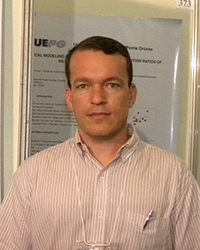
Dr. Giovani Sampaio Gonçalves
Researcher
Instituto de Pesca
Rodovia Washington Luiz (SP 310)
KM 445, Caixa Postal 1052, 15025-970
São José do Rio Preto (SP) - Brasil -
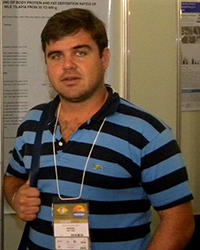
Dr. Manoel Joaquim Peres Ribeiro
Post-graduate student
Instituto de Pesca
Rodovia Washington Luiz (SP 310)
KM 445, Caixa Postal 1052, 15025-970
São José do Rio Preto (SP) - Brasil -

Mercè Isern i Subich, DVM
Business Development Manager Aquaculture Health
Nutriad International
Hoogveld 93, 9200 Dendermonde
Belgium -

Peter Coutteau, Ph.D.
Business Unit Director Aquaculture
Nutriad International
Hoogveld 93, 9200 Dendermonde
Belgium
Tagged With
Related Posts
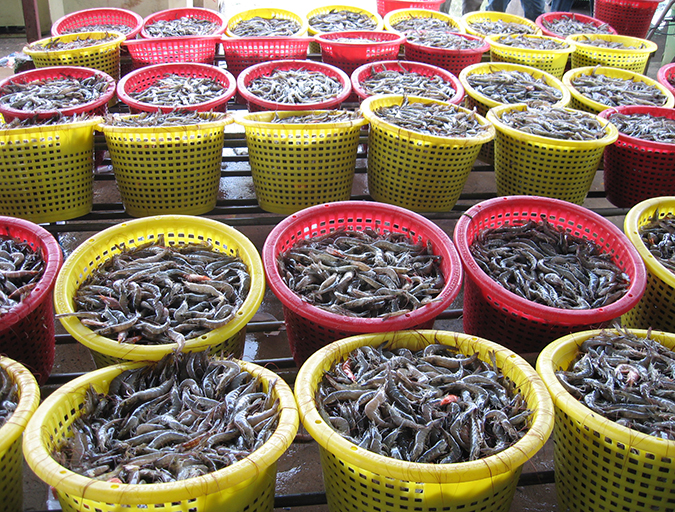
Aquafeeds
Microencapsulated organic acids aid shrimp culture
A novel blend of organic acids (OAB) microencapsulated in a lipid matrix and supplemented in the diets of Litopenaeus vannamei enhanced their growth, phosphorus utilization, resistance to Vibrio harveyi and immunity. This may have implications as an eco-friendly prophylactic strategy.
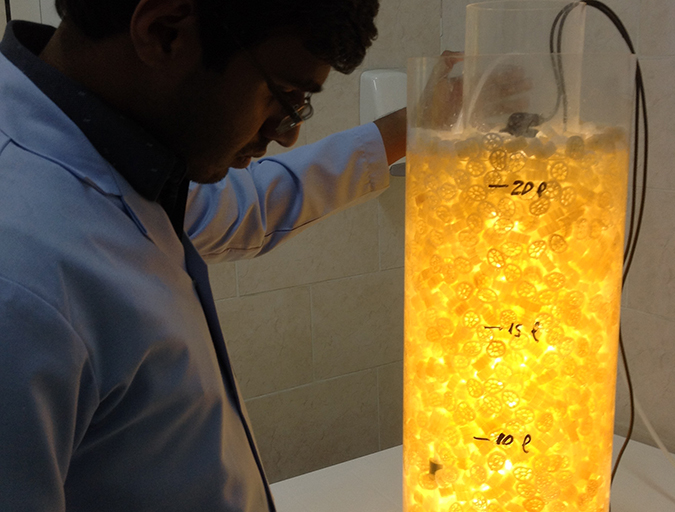
Aquafeeds
Novel reactor developed for indoor, high-density production of diatoms
The development of this reactor for the indoor cultivation of non-suspended microalgae like important diatoms such as Amphora spp., and the cellular dry matter values produced in this study will help bio-filming science support the development and improvement of in situ feed supplementation for fish and shrimp ponds, particularly in desert environments.
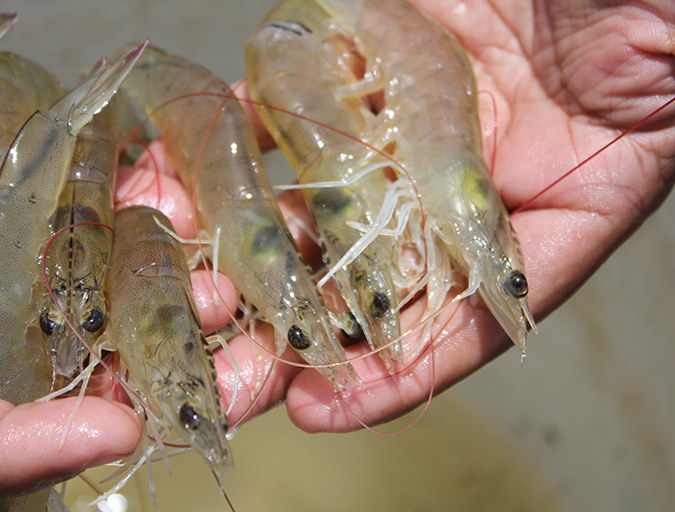
Health & Welfare
Probiotics benefit Pacific white shrimp challenged with AHPND
A study was conducted to measure the effects of commercial probiotics on Pacific white shrimp in a standardized AHPND challenge model under controlled laboratory conditions. Results show that the probiotics treatments by themselves have beneficial effects, such as higher survival and histological signs of hepatopancreas regeneration.
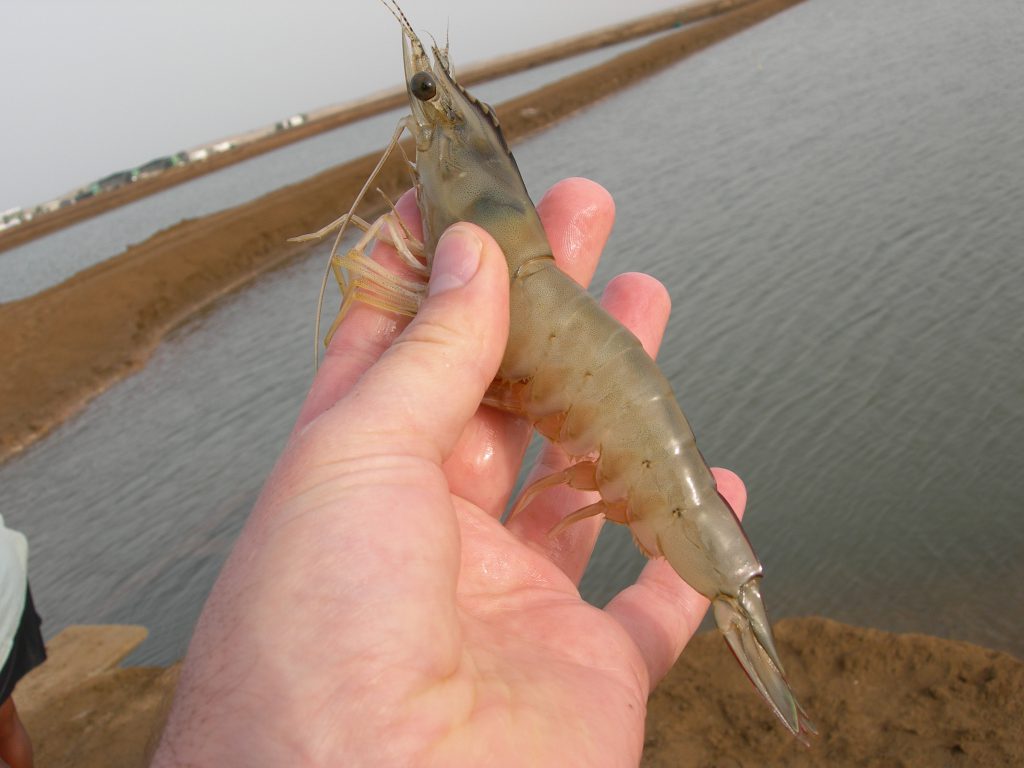
Health & Welfare
Focus on gut health increases aquaculture productivity
Increased attention to nutrient digestibility and gut health are two important focus areas for technological development of manufactured feeds in the aquaculture industry. Both laboratory and field studies have demonstrated the potential benefits for aquaculture productivity and the economics of specific feed additives developed to stimulate the establishment of a healthy gut microflora.


